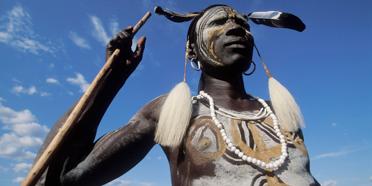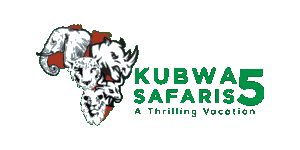
Safari Tours to Mago NP
-
![4-Day Visiting Omo Valley Tribes from Arba Minch]()
4-Day Visiting Omo Valley Tribes from Arba Minch
$770 pp (USD)
Ethiopia: Private tourBudgetLodge & Hotel
You Visit: Addis Ababa (Start), Arba Minch (City), Turmi (Lower Omo Valley), Jinka (Lower Omo Valley), Mago NP, Addis Ababa (End)

Ethio Backpacker Tours
5.0/5 – 37 Reviews
-
![14-Day Discover the Wonders of Ethiopia]()
14-Day Discover the Wonders of Ethiopia
$4,521 to $4,741 pp (USD)
Ethiopia: Private tour
Mid-range Lodge & ResortYou Visit: Addis Ababa (Start), Bahir Dar (City), Gondar (City), Simien Mountains NP, Lalibela (Town), Arba Minch (City), Jinka (Lower Omo Valley), Mago NP, Lower Omo Valley (Cultural Village), Konso (Cultural Village), Awasa (City), Addis Ababa (End)

Kubwa Five Safaris
4.9/5 – 148 Reviews
-
![9-Day Ethiopia Omo Valley Tribes]()
9-Day Ethiopia Omo Valley Tribes
$1,672 pp (USD)
Ethiopia: Shared tour (max 4 people per vehicle)
Mid-range Lodge & ResortYou Visit: Addis Ababa (Start), Arba Minch (City), Jinka (Lower Omo Valley), Mago NP, Turmi (Lower Omo Valley), Omorate (Lower Omo Valley), Konso (Cultural Village), Awasa (City), Addis Ababa (End)

Armaye Ethiopia Tours
5.0/5 – 38 Reviews

 Ethiopia Parks
Ethiopia Parks






